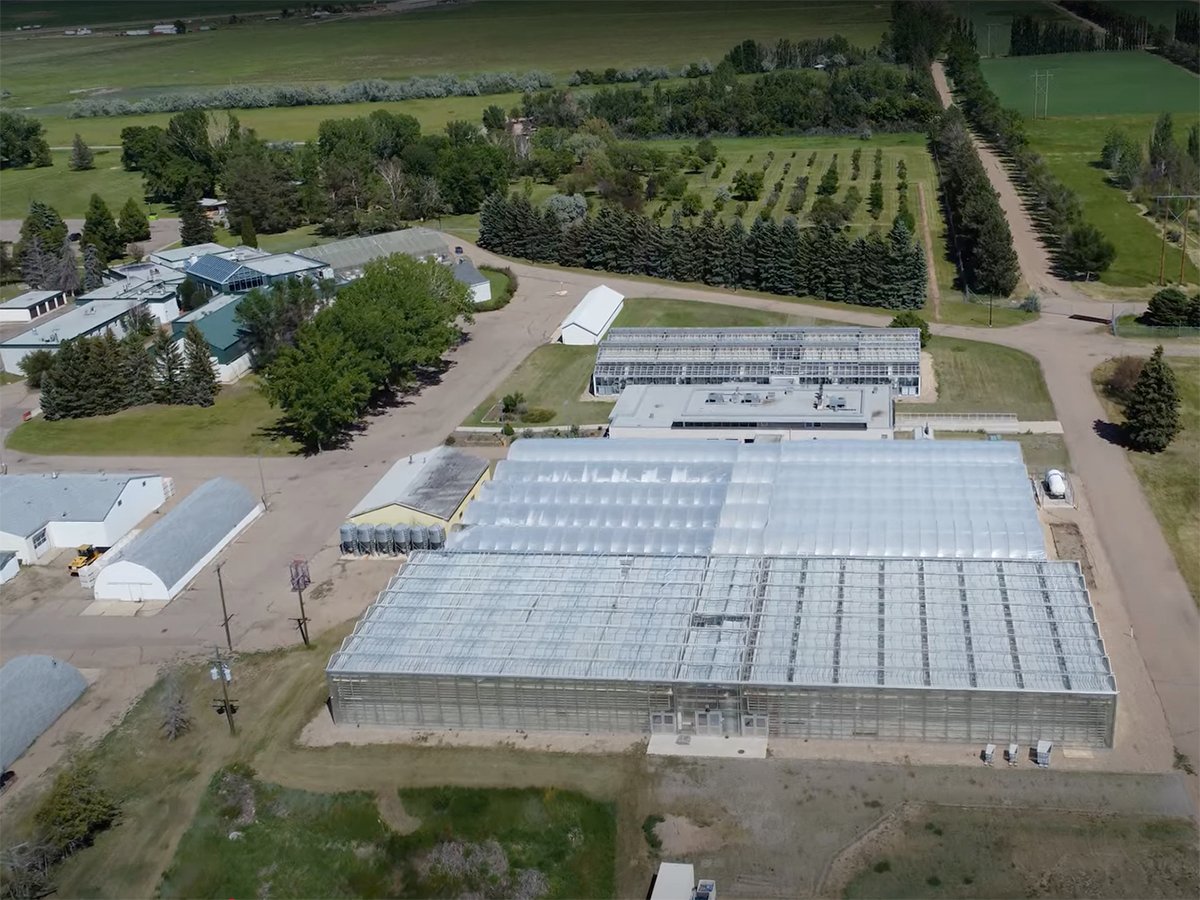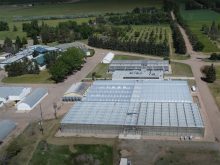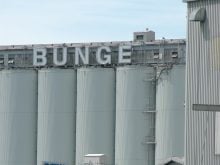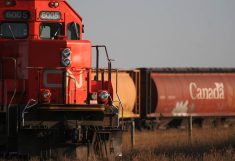Electronic identification on every steer in every pen is part of an intricate management plan to track and monitor animals at Cattleland Feedyards.
Company president Greg Appleyard’s only wish is that he received a bigger payback for being an early adopter of the technology.
The feedlot in Strathmore, Alta., keeps a database of all identification numbers worn by the feeder cattle and bulls that go through the test station where it conducts feed efficiency trials.
Electronic ear tags and hand-held readers speed sorting and serve as a good method of inventory control, in which each animal’s Canadian Cattle Identification Agency number is correlated to a company number in its database.
Read Also

Alberta crop diversification centres receive funding
$5.2 million of provincial funding pumped into crop diversity research centres
“It takes about 15 minutes to search a pen. We send it to CCIA and they send back information with how many of those tags are age verified,” he said. “Any animal in the feedyard probably gets weighed three or four times through the growing period so we can actually monitor growth curves in the animals.”
Cattleland has added its commercial cow-calf operation to the database for genetic research to trace cattle parentage and performance. It has about five years worth of data and can manage large amounts of information.
“A lot of these trials have 10,000 or 12,000 data points,” Appleyard said.
The information is valuable to this type of feedlot, but the average producer probably would not need it. It also costs money to insert several electronic and dangle tags. Two or three tags per animal costs about $8, which becomes a significant expense if 40,000 head are tagged.
“My disappointment is I would be hoping we would open up new markets. The whole thing with the passports or RFID (radio frequency identification) is for food safety and food traceability but our major partner is the United States,” he said.
The United States does not have full identification or age verification for any of its livestock.
“The reason why we are doing this is to open up foreign markets and new markets, but we still haven’t opened them. If you could start seeing a benefit to it, it would be easier to swallow for me.”
Former CCIA manager Julie Stitt agreed the technology and infrastructure is costly for producers and it is questionable whether ordinary consumers are willing to pay much more for source verification of food.
And the technology is not perfect, said David Swan of Vulcan, Alta., developer of a RFID management system called DBits.
For him, it is all about inventory management, no matter what the application. In the early days of inventory tracking, many businesses used bar codes but they did not always read properly.
Electronic systems can be frustrating because of poor software design or improper installation.
“Not all systems are well executed so there are some pretty frustrated people who frankly have systems that do not work as well as they should,” said Swan, a retired member of the Canadian Armed Forces who managed information systems on ships.
“Out of the farmers I have run into, I haven’t run into anybody that is happy with their current systems,” he said. “It has to do something useful for the farmer or the rancher. It has to be easy to use and yet give them information that is useful to their business.”















